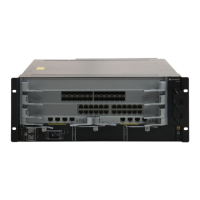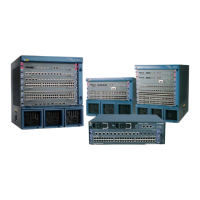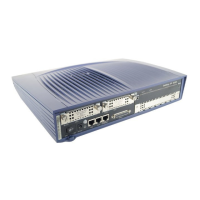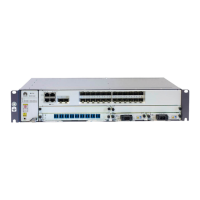The master and backup devices in an E-Trunk must use the same LACP priority.
----End
2.6.3 Creating an E-Trunk and Setting Its Priority
The E-Trunk priority determines whether a device in the E-Trunk is the master device or the
standby device.
Context
Do as follows on the member devices of the E-Trunk.
Procedure
Step 1 Run:
system-view
The system view is displayed.
Step 2 Run:
e-trunk e-trunk-id
An Eth-Trunk is created.
If the specified E-Trunk already exists, the E-Trunk view is displayed directly.
The member devices in an E-Trunk must be configured with the same E-Trunk ID.
At most 16 E-Trunks can be created on a device.
Step 3 Run:
priority priority
The priority of the E-Trunk is set.
The E-Trunk priority is applied to master/backup negotiation between two devices. The device
of higher priority is the master. A smaller priority value indicates a higher priority.
If the priorities of two devices are the same, the device with the smaller system ID is the master.
By default, the priority of an E-Trunk is 100.
----End
2.6.4 Configuring Local and Peer IP Addresses of an E-Trunk
E-Trunk packets are sent through the local IP address and port configured on the local device.
When changing the local IP address or peer IP address on a device, you must change the
corresponding address on the peer device. Otherwise, LACP packets are discarded.
Context
Do as follows on the member devices of the E-Trunk.
Quidway S7700 Smart Routing Switch
Configuration Guide - Ethernet 2 Link Aggregation Configuration
Issue 01 (2011-07-15) Huawei Proprietary and Confidential
Copyright © Huawei Technologies Co., Ltd.
39

